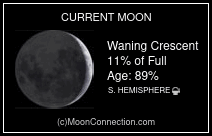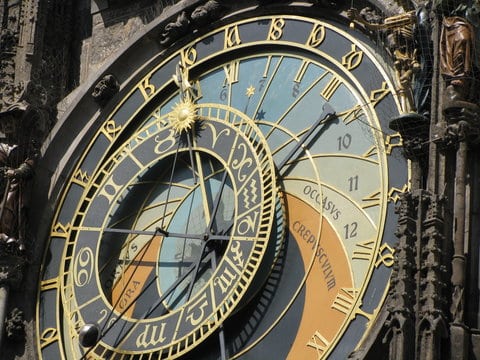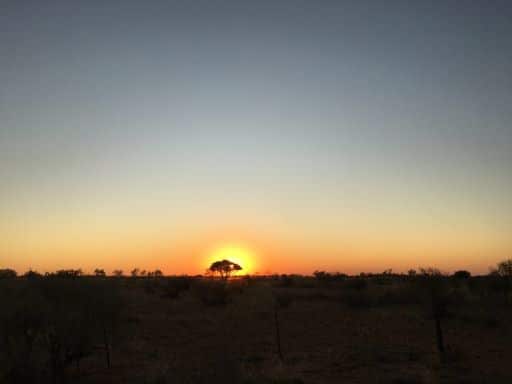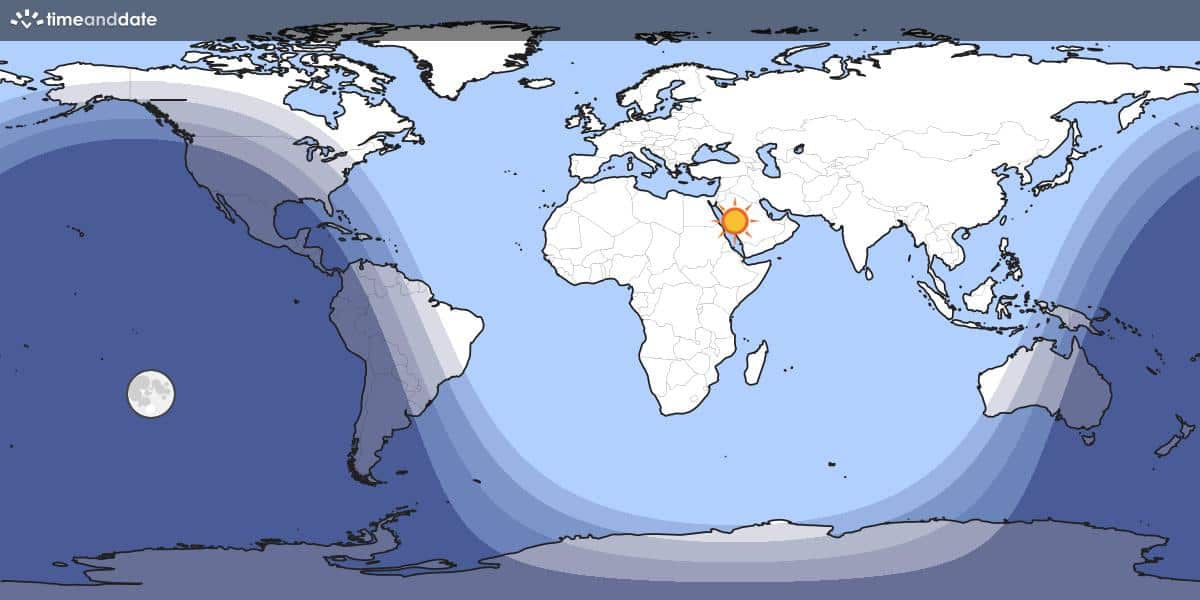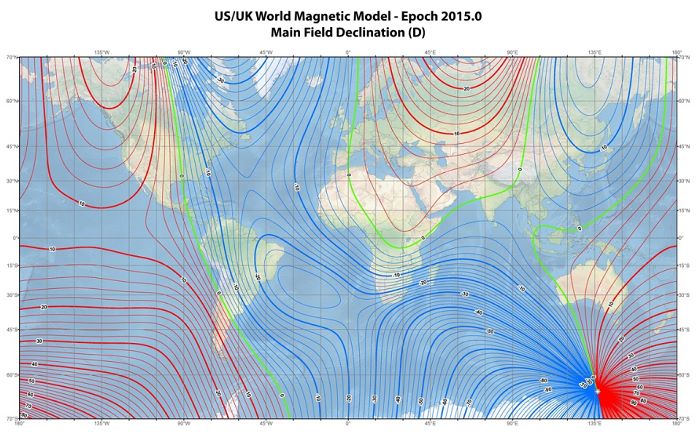N105 Superbubble
Steve Gottlieb’s Observations
NGC 1854 = NGC 1855 (core) = ESO 056-072 = S-L 265
05 09 20.0 -68 50 52; Dor
V = 10.4; Size 0.8′
24″ (4/7/08 – Magellan Observatory, Australia): I revisited this remarkable field after viewing NGC 1850 (located 6′ NW) the previous night. At 200x this cluster appeared very bright, large, round, with a brilliant core. At 350x, it resolved into numerous faint stars around the edges of its intense core. Up to a couple of dozen very faint stars popped in and out of visibility. The core is noticeably elongated N-S and is surrounded by a large, much fainter halo. There is a small clump of stars at the NW edge. NGC 1858, a large star cluster and nebulosity, lies 4′ SE.
18″ (7/10/05 – Magellan Observatory, Australia): fairly bright, fairly small, oval 4:3 NW-SE, 0.8’x0.6′, moderate concentration. There is a small knot attached to the north edge. Located 6′ SE of NGC 1850 with NGC 1858 4.5′ further SE in a region of the LMC packed with clusters.
Notes: James Dunlop discovered NGC 1854 = D 119 = h2782, along with NGC 1850 and 1858, on 3 Aug 1826. He noted a “small round pretty well-defined nebula” and mentioned the three nebulae were on a line oblique to the equator. Although his position is 12′ too far ESE, the identification is certain.
John Herschel recorded NGC 1854 on 23 Nov 1834 (sweep 512) and logged “a cluster nebula, S, R, pB, 40″.” He observed the cluster on 5 sweeps including 16 Dec 1834 (sweep 657) when he noted “B, E, gradually brighter in the middle, 2′, resolvable. The second of three objects [with NGC 1850 and 1858.” His description for NGC 1855 = h2783 reads “a vB, L, round cluster of stars 12m, 5′ diameter [this obs must refer to the general cluster in which the former (NGC 1854) is situated as a nebulous-looking knot – a combination of the most ordinary occurrence in the Nubecula Major, though very rare in other parts of the heavens.)”
Herschel discovered NGC 1855 = h2783 on 2 Nov 1834 and described “a vB, L, round cluster of stars 12m, 5′ diameter [N.B. this obs must refer to the general cluster in which the former (h2782 = NGC 1854) is situated as a nebulous-looking knot – a combination of the most ordinary occurence in the Nubecula Major, though very rare in other parts of the heavens].” He has 5 observations of h2782 (the central core of the cluster), but only this single observation noting a much larger field. Most sources, such as ESO and SIMBAD, simply equate the two numbers or refer to the cluster as NGC 1855, though Brent Archinal has separate listings for both objects in his book “Star Clusters”.
NGC 1858 = LMC-N105 = ESO 056-74 = S-L 274 = LH 31
05 10 00 -68 54 15; Dor
V = 9.9; Size 4.4’x2.6′
24″ (4/7/08 – Magellan Observatory, Australia): NGC 1858 would be a fascinating nebula and cluster (association LH 31) even if it was isolated, but it’s more striking situated at the southeast end of a wonderful chain with the bright cluster NGC 1854 and NGC 1850, one of the top showpieces in the LMC. At 346x about two dozen stars were superimposed over an elongated glow and many other stars were just outside the glow.
At 200x with a UHC filter, the associated emission nebula (N105) was very bright overall with a very high surface brightness patch (N105A = HD 269111), roughly 30″ in size, at the north end. This patch contains the mag 13.9 Wolf-Rayet star Brey 16a = HD 269113. The nebula is brightest along the west and east border and weaker in the center. The elongation is towards a mag 12 star on the south side (blue supergiant HD 269116). A 13th mag yellow supergiant (F2-type) is 0.8′ NNE. HD 34169, a mag 13.7 star off the west side, is a rare eclipsing binary, consisting of a Wolf-Rayet WN4 star (Brey 16) and an O5-class blue supergiant. The nebulosity forms part of a Superbubble. NGC 1854 lies 4.5′ NW.
18″ (7/10/05 – Magellan Observatory, Australia): third of three bright objects in a NW to SE string with NGC 1850 and NGC 1854/55. This is a large and very unusual cluster with nebulosity. There is a bright knot attached near the NW edge, ~15″-20″ in diameter. This knot responds very well to a UHC filter at 76x (27 Panoptic). An obvious elongated patch of nebulous haze curves to the SE with several mag 13 stars involved with the glow and extended N-S. Overall, the size of the cluster/nebulosity extends to 3.5’x2′. Located 4.5′ SE of NGC 1854.
Notes: James Dunlop discovered NGC 1858 = D 120 = h2784, along with NGC 1850 and 1854, on 3 Aug 1826. He called it a “small round nebula, about 30″ diameter” with the three “nebulae” described as on a line oblique to the equator, matching the sky. He made a second observation on 25 Sep 1826, matching in offset position from NGC 1856, the previous object in the drift. He described it as “the following of the three faint nebulae [with NGC 1850 and 1855] – irregular figure, ill defined, about 1′ long, 25″ or 30″ broad.”
John Herschel first recorded NGC 1858 on 2 Nov 1834 (sweep 508) and noted “A bright cl of irregular figure.” Herschel observed the cluster no less than 7 sweeps. For example, the next night (sweep 509) he called it “a large, irregularly elongated cluster and nebula. Has two bright nebulae N.p. [NGC 1850 and 1854]. ” He added this note his observations: “This object, by diagrams, made in several of the observations, appears to consist of a resolvable and irresolvable portion, the general form being that of a somewhat crooked oblong extended from N.p. to S.f. at an angle of 60 or 70 degrees with the parallel, the northern end being nebulous, the southern starry. This anomalous form and constitution will serve to explain the apparent disagreement of these descriptions and places.”



